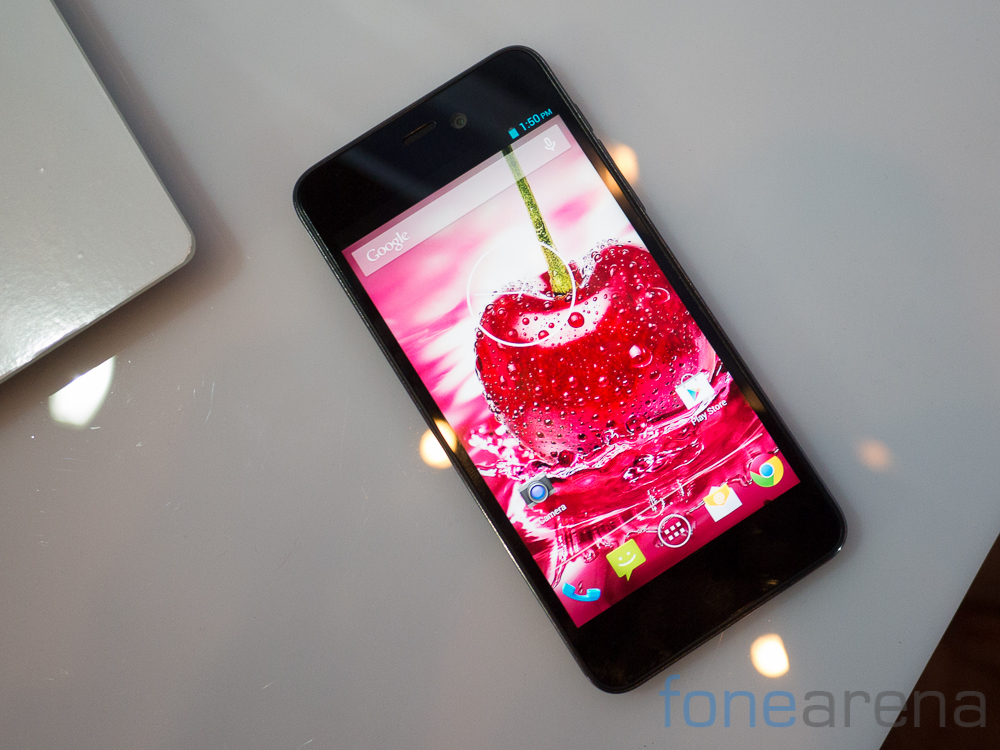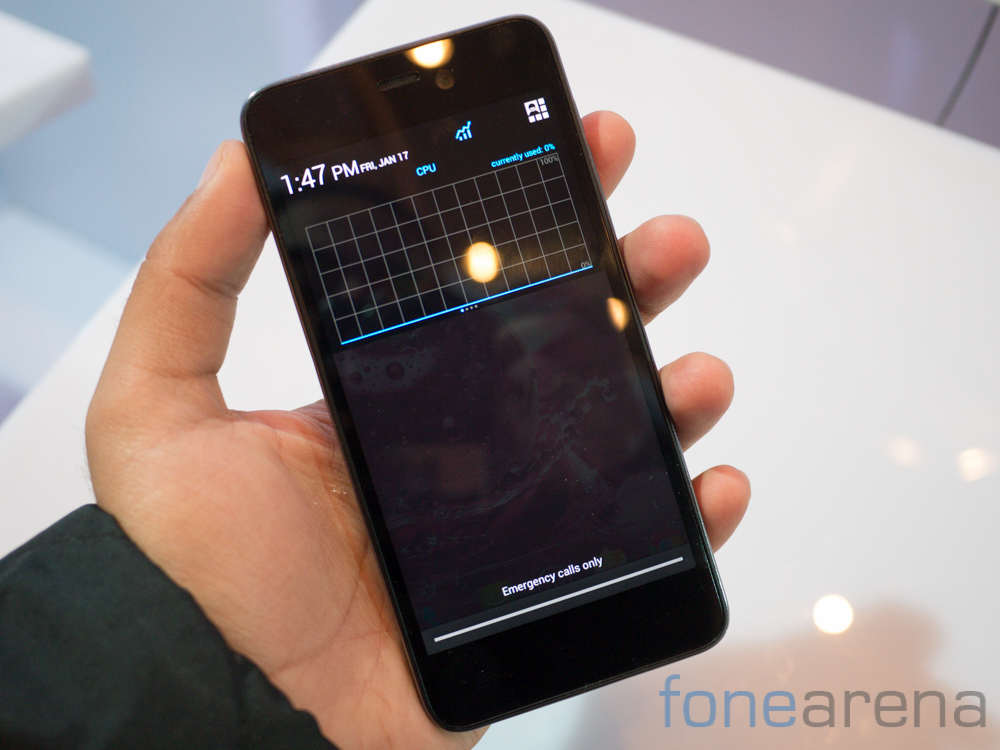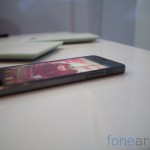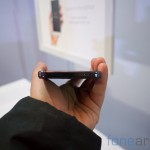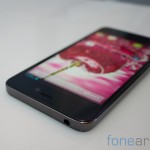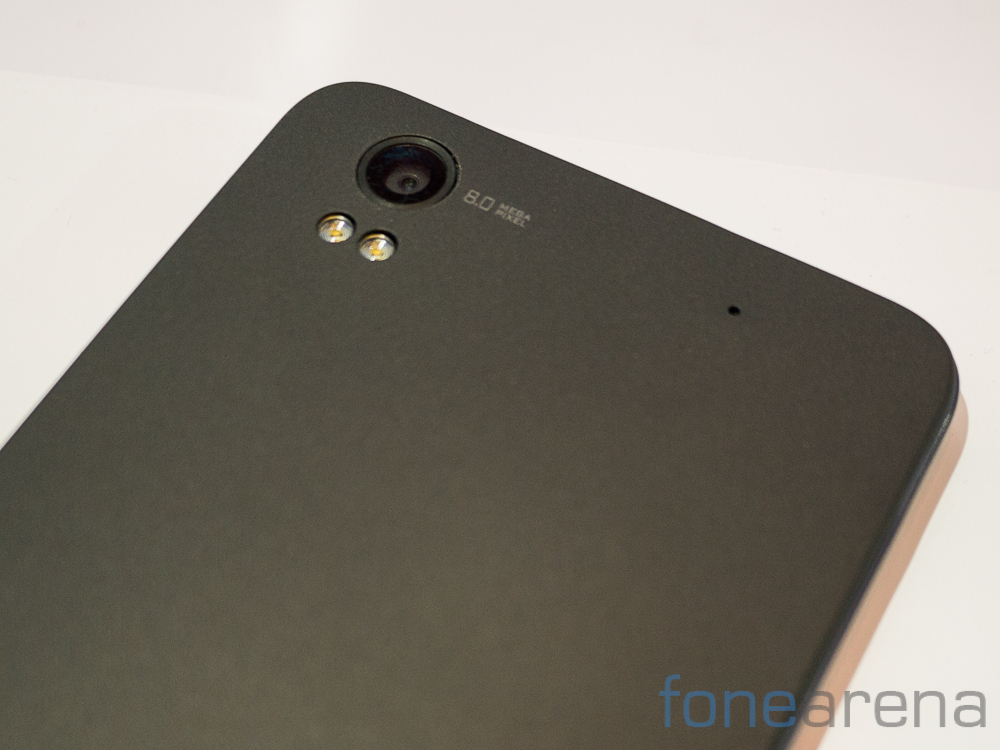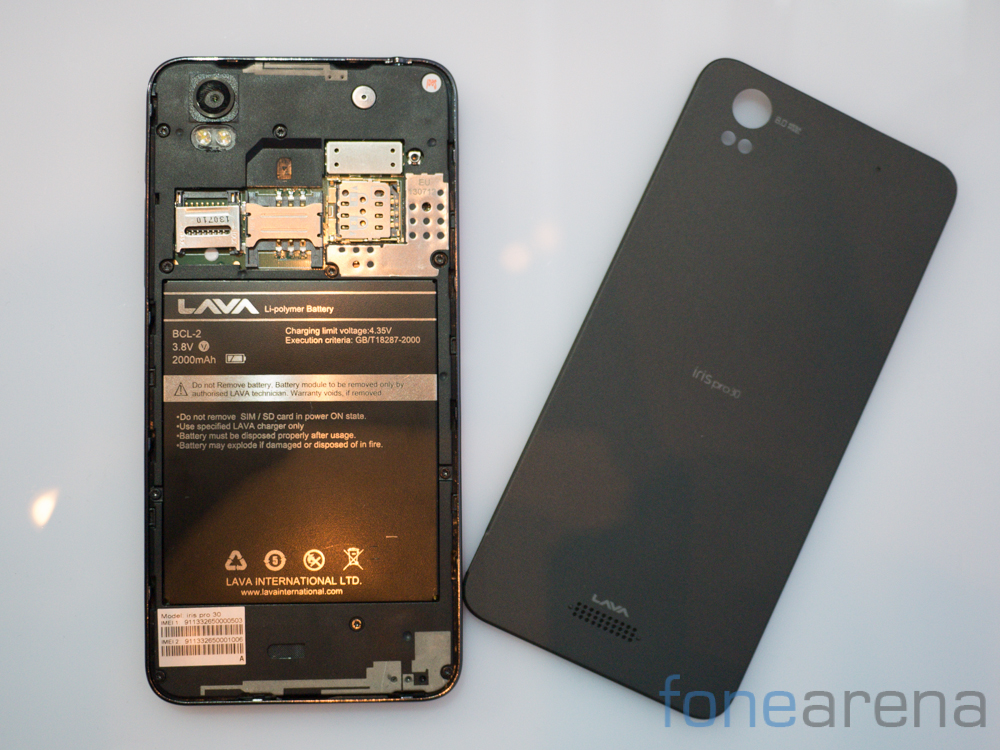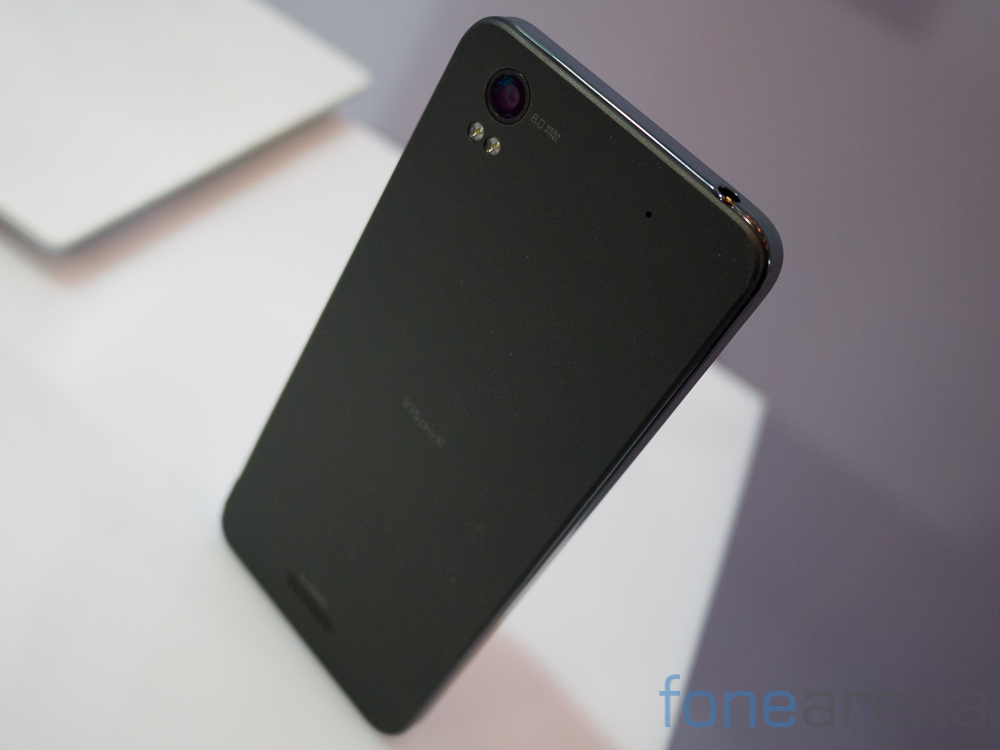Lava today introduced its brand new phone part of the Iris series of devices. Called the Iris Pro 30, the emphasis here is on design. The handset is made of magnesium alloy and is also one of the lightest phones in its category weighing a mere 114 grams. Follow through for our hands on impressions.
Lava Iris Pro 30 specifications
- 4.7-inch (1280 x 720 pixels) HD IPS display based OGS technology, Gorilla glass protection
- 1.2 GHz quad-core processor with PowerVR SGX 544 GPU
- Android 4.2 (Jelly Bean)
- Dual SIM (normal + micro)
- 8MP rear camera with dual LED Flash, Blue glass filter
- 3MP front-facing camera
- Noise cancellation with dual microphones
- Dimensions: 138×66.7×7.5mm; Weight: 114 grams
- 3.5mm audio jack, FM Radio
- 1GB RAM, 4GB internal memory (2.43GB user memory), expandable memory up to 32GB with microSD
- 3G, WiFi 802.11 b/g/n, Bluetooth 4.0, GPS, USB OTG
- 2000 mAh battery
On first glance, the Lava Iris 30 looks very much like an iPhone. The design similarities carry over to the back as well which is made of black matte material. While we’re not very convinced by Lava’s claims of having worked on an original design, we can definitely appreciate the use of quality materials. The handset looks and feels better than most others in its category. The right side of the phone sports the volume rocker and power key. We felt that the keys could do with some give to aid feedback. The micro USB port is at the bottom while a 3.5mm audio jack can be seen at the top.
The display is a 4.7 inch 720p panel manufactured by Sharp. The panel definitely impresses with good color saturation and wide viewing angles. In fact it might just be the best that we’ve seen at the price point. Lava has built in a Content Adaptive Backlight Control (CABC) system into the screen panel that reduces power by consumption by as much as 30% depending on your usage scenario. There’s a Gorilla Glass coating on top of the screen that should assist in protecting it from scratches.
Lava has equipped the phone with an 8MP rear facing camera and you also get a 3MP front facing unit. There’s a dual LED flash below the camera unit. The camera unit is manufactured by Samsung and is of the BSI variety which should aid in low light shots. We’ll have more on the camera in our review.
Powering the phone is a 1.2Ghz quad core processor paired with the SGX544MP GPU. There’s 1GB of RAM and 4GB of storage. Built in storage on the phone is most definitely on low end of things and avid app, game downloaders will find themselves running low very soon. You also get a micro SD card slot to expand this up to 32GB. Connectivity options include WiFi, Bluetooth, GPS/AGPS as well as 3G connectivity. The dual SIM phone has an interesting micro + full size SIM card slot configuration. The phone is equipped with a 2,000 mAh battery pack which when combined with the above mentioned CABC technology should provide above average usage times.
Running on Android 4.2.2, our initial impressions were quite positive as the phone was generally quick while navigating through the interface and pre loaded apps. The stock build of Android on board definitely contributed towards this.
The Lava Iris Pro 30 brings great looks and above average craftsmanship to the table despite not being the most original design. Under the hood however is a phone that is par for the course and it doesn’t really bring anything particularly fresh. At a price point of Rs. 15,999. the Iris Pro 30 might prove to be a tough sell in a very price sensitive and competitive market but we’ll refrain from drawing a conclusion till we test out the device and bring you the full review.

